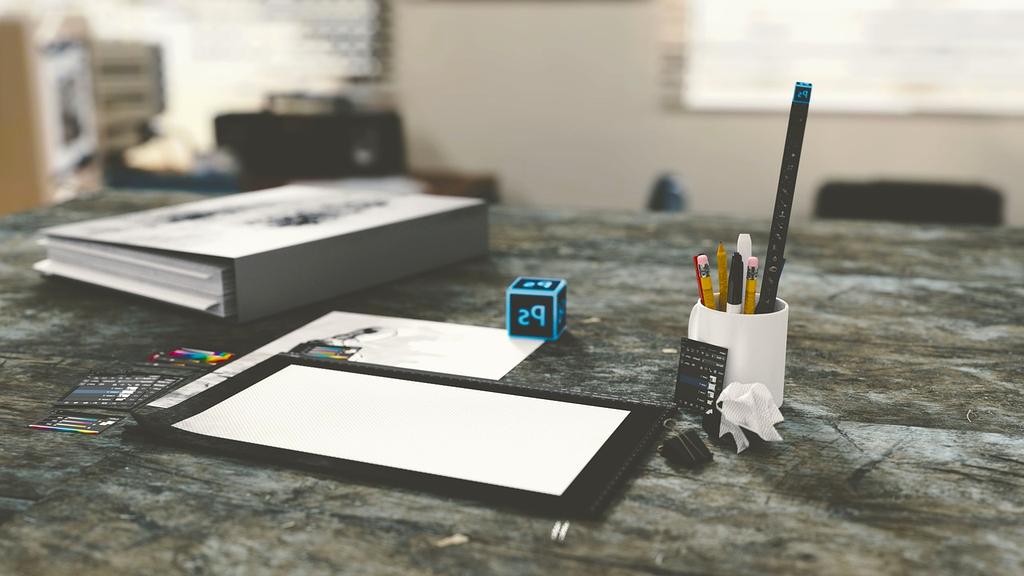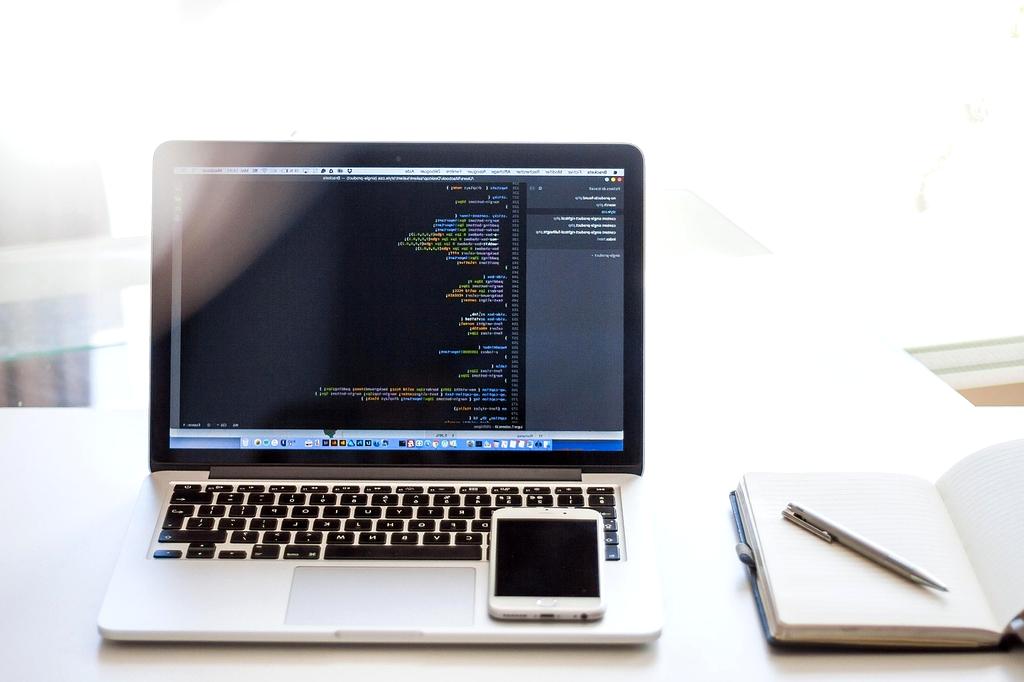
Curriculum: Real-Time Data Processing for Engineering
A step-by-step, hands-on learning path for mastering essential industrial data stream skills.
Register Now
A step-by-step, hands-on learning path for mastering essential industrial data stream skills.
Register NowBuild a strong foundation by understanding the principles that drive streaming systems in industry.

Get hands-on with ingesting high-velocity data and applying real-time transformations and filtering.

Discover how to extract actionable insights and visualize data as it arrives.

Apply your skills to real engineering challenges and design robust production solutions.

In the final week, put your knowledge into practice by creating a basic industrial monitoring pipeline. You'll ingest simulated sensor data, apply stream transformations, detect anomalies, and visualize insights on a live dashboard.
